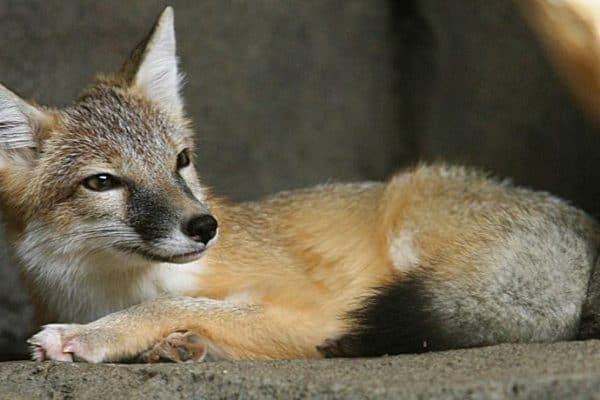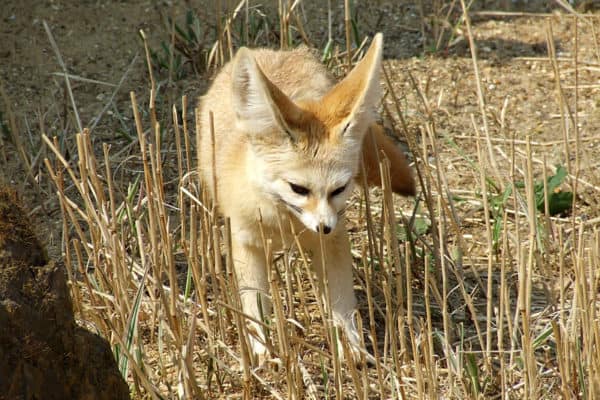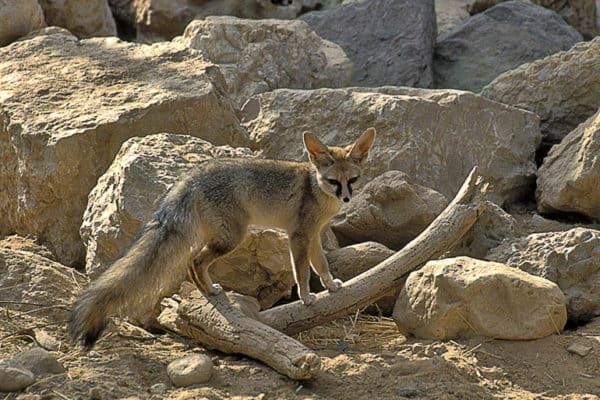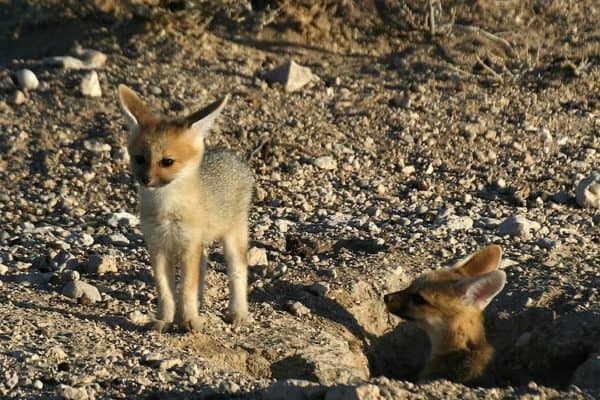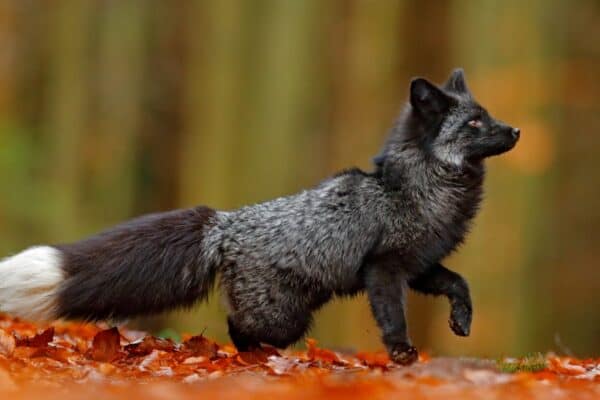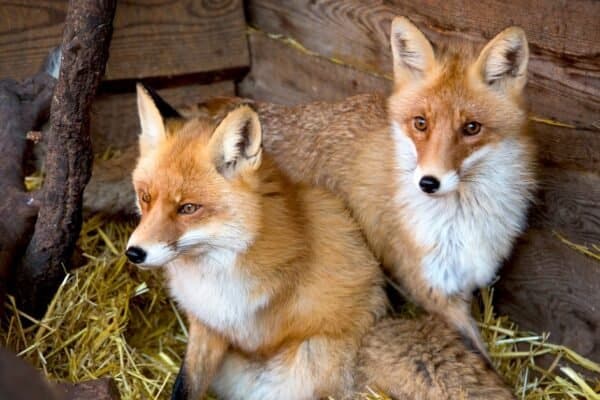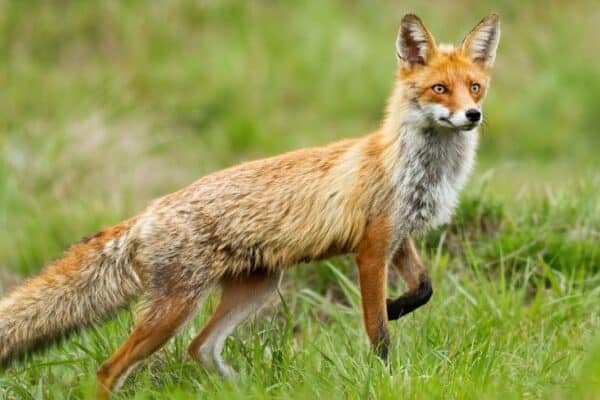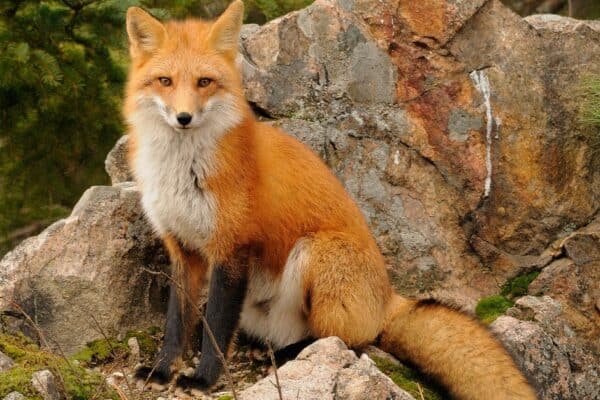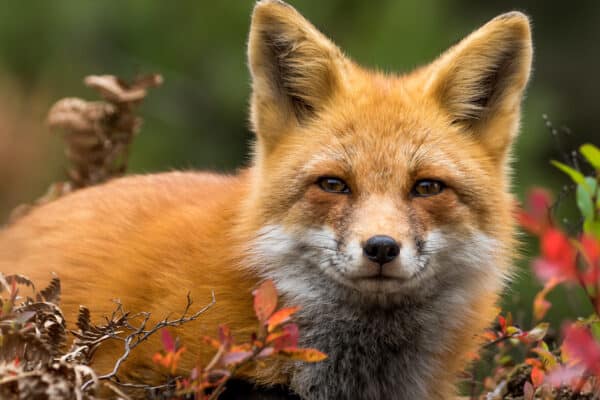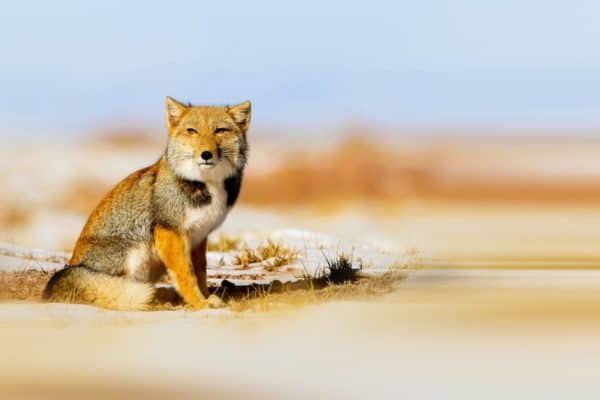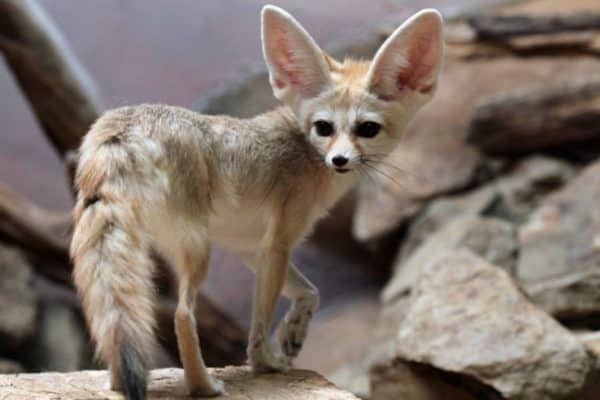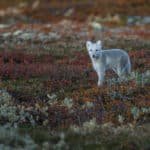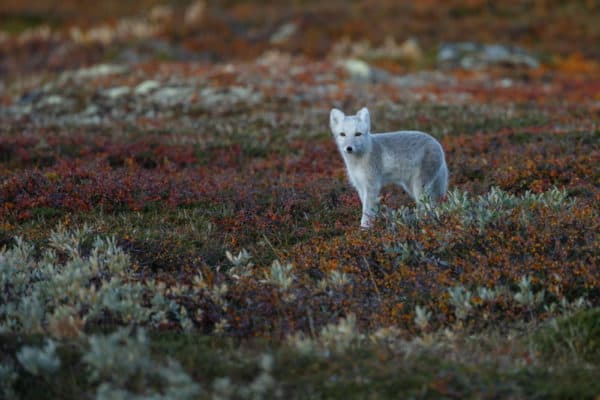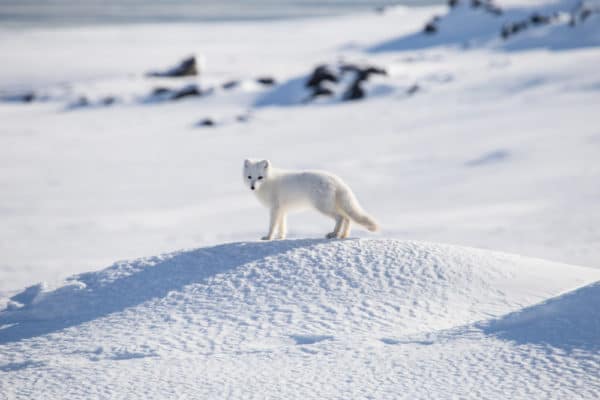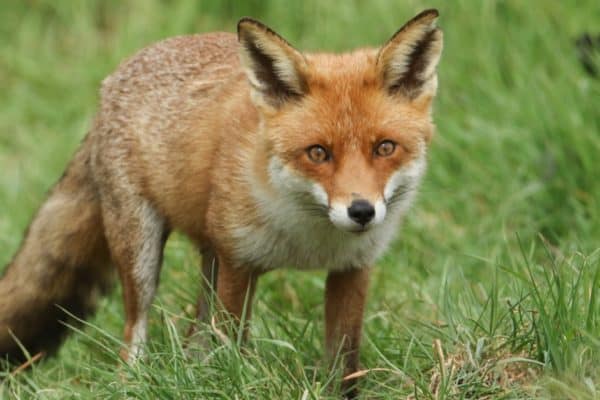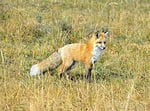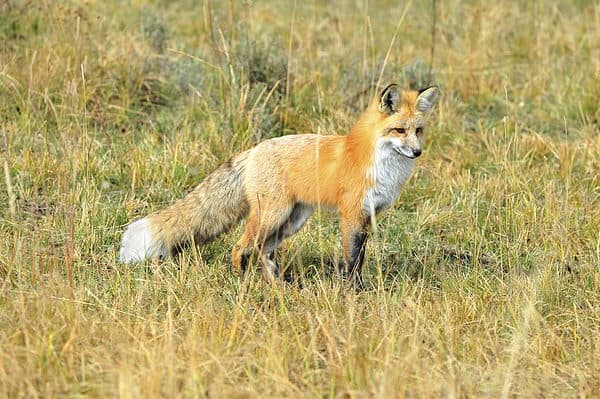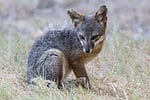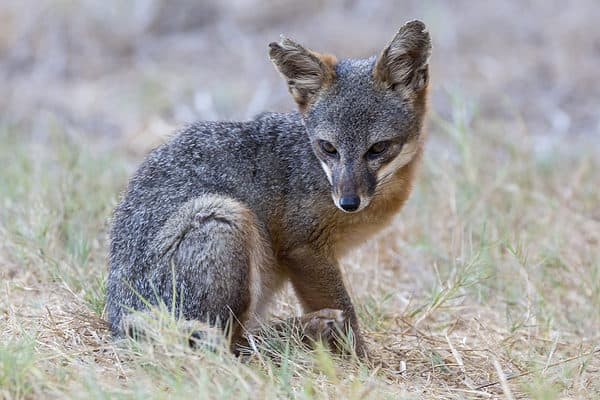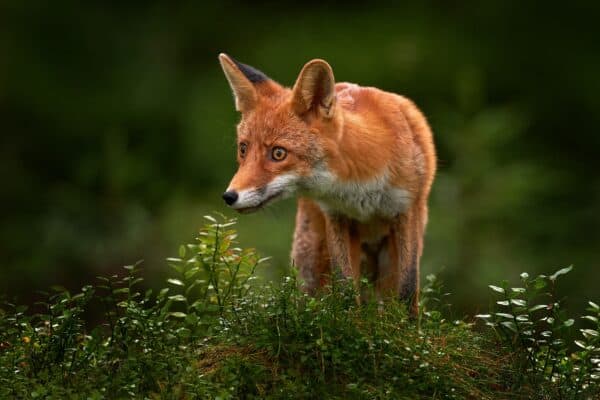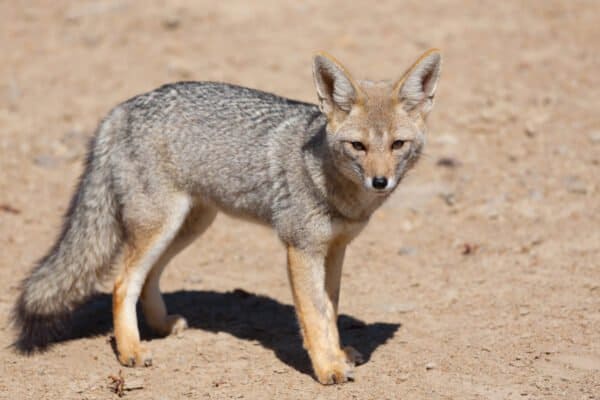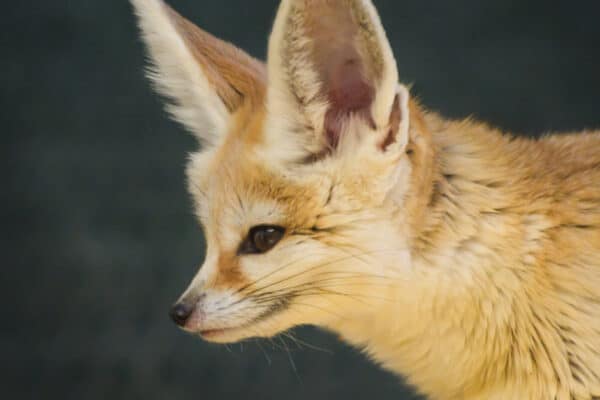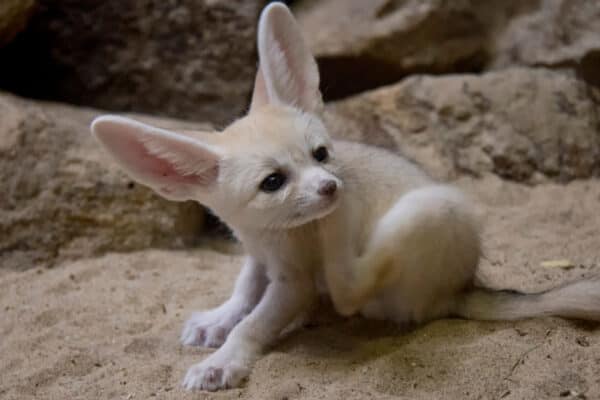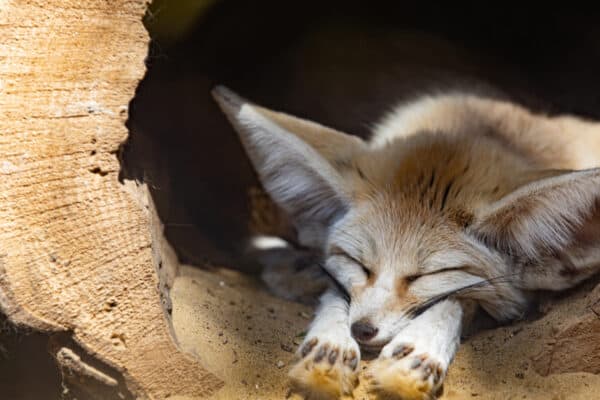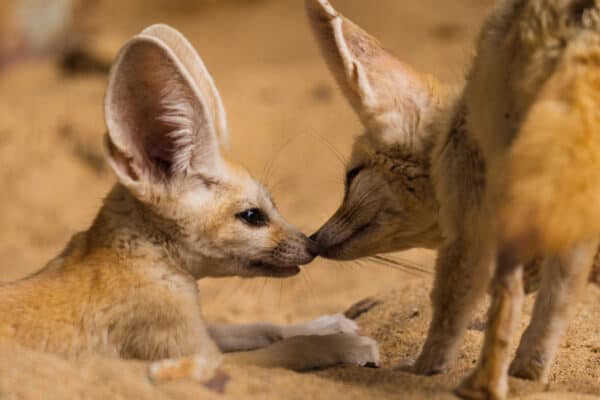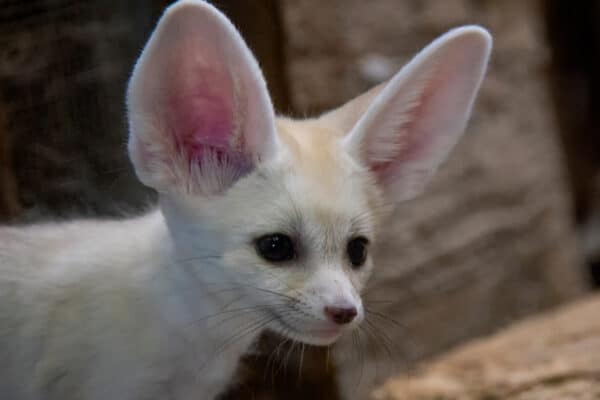A fox is a small or medium-sized omnivorous mammal. It has a slender body with a pointed snout, a long and bushy tail, and short legs. Foxes can be found throughout most of the world in diverse habitat types like forests, deserts, mountains, and even urban areas. They have adapted to survive in different environments by changing their behavior or diet depending on the season or food availability.
There are so many fascinating facts about foxes! From their habitat to their diet and behavior, the diverse characteristics of these animals make them unique. To get to know more about this amazing species, take our fun fox quiz! Test your knowledge of these incredible creatures by answering a variety of questions. Such as where do they live? What do they eat? How do they communicate? And much more! So don’t wait – dive into this exciting quiz now to learn all there is to know about foxes.
Where Do They Live?
Foxes are fascinating species that have adapted to living in many different environments. They inhabit forests, grasslands, mountains, and even deserts, but the one place they cannot be found is Antarctica. The most common type of fox is the red fox (Vulpes vulpes), which has around 47 known subspecies.
The wide distribution of foxes across the globe, combined with their reputation for intelligence and craftiness, makes them popular figures in folklore and mythology from various cultures all over the world.
Origins
The fox is a fascinating animal found all over the world. Its origin can be traced back to Old English, where the word “fox” comes from fuhsaz, which in turn derives from Proto-Indo-European puḱ-, meaning ’thick-haired; tail.’ This suggests that the fox has been around for thousands of years and that its physical characteristics have been consistent throughout this time. The fox’s thick fur and long bushy tail are iconic features of this species that have helped it survive in various environments across different continents – from North America to Europe and Asia. With their cunning intelligence helping them adapt to human presence, we can expect these animals to stay around for many more years!
Many Sizes
Foxes have a slender form, and they vary in size depending on their species. The red fox is generally considered the largest of its kind, with males weighing an average of 9-19 pounds while females weigh slightly less at around 8-15 pounds. This makes them smaller than other members of the family, such as jackals and wolves. They are usually a bit larger than raccoon dogs. On the other end of the scale is the fennec fox, which weighs only 1.5 to 3.5 pounds, making it one of the smallest canids in existence.
Special Features
Foxes are well-known for their distinctive features. These typically include a triangular face, pointed ears, an elongated snout, and of course, the iconic bushy tail. Foxes are digitigrade animals which means they walk on their toes instead of flat feet like other members of the family Canidae. This gives them greater speed and agility in hunting prey or evading predators. Additionally, unlike most canines, foxes have partially retractable claws that can be extended to aid with climbing trees or digging burrows into the ground. All these features combined make foxes incredibly adapted to life in the wild!
Coats of Many Colors
Foxes come in a variety of colors, and their fur can vary in length and thickness. For example, fennec foxes have large ears and short fur, which helps them stay cool in the desert. Arctic foxes have tiny ears, short limbs, and thick fur, which helps keep them warm in colder climates. Red foxes have an auburn pelt with a white tip on the tail.
The fur of a fox can vary in color and texture depending on the season, being thicker and more luxurious during the winter and lighter during the summer. To shed its heavy winter coat, a fox will molt annually in spring, beginning at its feet and gradually moving up the legs and back. Additionally, the color of an individual fox’s coat may also change as it matures.
Family and Lifespan
In the wild, foxes typically live in small groups of 2-6 individuals. These family groups consist of a breeding pair and their offspring from previous years. Typically, the lifespan of a fox in the wild is one to three years due to predation and disease. However, some individuals may live up to ten years given favorable conditions such as access to food resources and shelter. In captivity, foxes can live up to 15 years or more with proper care and nutrition.
Unlike many other canids, such as wolves, coyotes, and jackals, who tend to form large packs when hunting prey, foxes generally hunt alone or in pairs. They will gather together during mating season, which usually occurs between late winter and early spring, depending on their location. Additionally, some species of foxes, like Arctic foxes, prefer living solitary lives.
Reproduction and Babies
The gestation period of a fox is 52-53 days, which isn’t particularly long compared to other mammals. After this time, the mother will give birth to a litter of four or five babies. This number can vary by species. Arctic foxes are capable of having up to eleven kits at once! To feed her young, the mother fox has six or eight teats that she can use for nursing her pups. These teats produce milk full of vital nutrients and antibodies needed for the healthy development of newborns and growing infants.
At birth, baby foxes are tiny – only weighing ¼ of a pound and measuring about four inches in length. When weaned from their mother’s milk, these young foxes will usually consume small rodents and birds as well as vegetation, like berries and grass.
At 12 weeks, the fox pups are weaned and able to join their parents on hunting trips. During these outings, they learn important survival skills, such as how to catch food for themselves. By fall, the young foxes will have developed enough independence to leave their family unit and find mates of their own in order to breed during winter. This mating process helps ensure that new generations of foxes can be born each year, allowing them to keep up with ever-changing environmental conditions and continue thriving in a variety of habitats across the world.
Endangered – Sierra Nevada Red Fox
The Sierra Nevada red fox was once spread across Tulare County and up through California’s Sierra Nevada Mountains and the Cascade Mountains. Now, however, only two small populations of the species exist. One near Lassen Peak, consisting of probably fewer than 20 individuals, and a second near Sonora Pass, with only three foxes.
The Sierra Nevada Red Fox, a subspecies of the red fox native to California’s Sierra Nevada mountain range, is facing multiple threats due to human activity. Habitat destruction through logging and grazing, as well as activities such as off-road vehicle use and road building, have significantly impacted their available habitat. The fox also faces dangers from predation by other animals, poaching, disease spread among members of the species, and genetic vulnerability due to inbreeding caused by limited population size.
In addition to these direct risks, climate change has further exacerbated the issues faced by this species by introducing extreme weather patterns that can lead to food shortages or displacement from preferred habitats. All of these factors have greatly decreased populations of the Sierra Nevada Red Fox over time, leading it to be categorized as an endangered species with only an estimated 23-25 individuals remaining in the wild today.






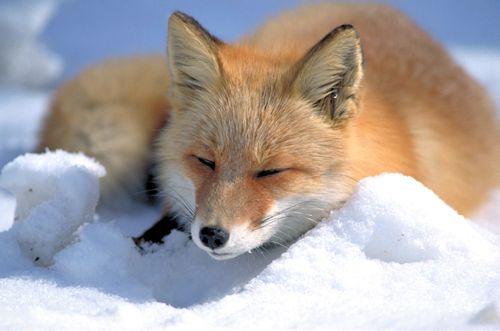
 Shiretoko-Shari Tourist Association – Public Domain
Shiretoko-Shari Tourist Association – Public Domain
